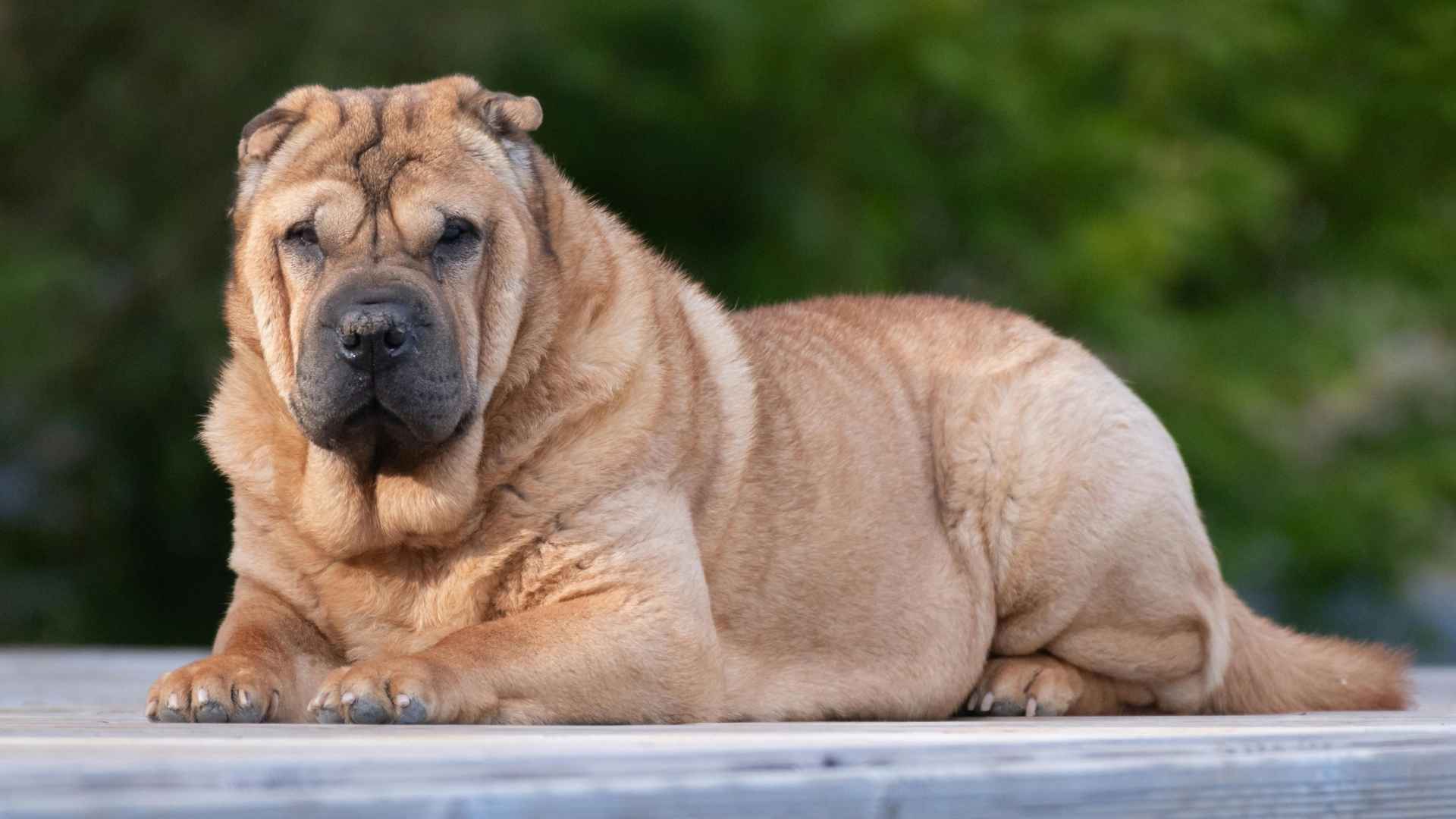“Who dares step onto my human’s property?” That’s the silent challenge you might feel from these reserved and watchful pups. They may reluctantly move aside after some coaxing, but don’t expect tail wags and warm greetings from them right away.
Why are these dogs so aloof and cautious around strangers? It’s in their nature. Many of them were originally bred as working or guard dogs, fiercely loyal and protective of their home and family. Their independence, strong instincts, and dislike for excessive fuss make them less interested in cuddles and more interested in keeping a close eye on their surroundings.
With their noble presence and deep devotion, these breeds form strong bonds with dog owners, but don’t take it personally if they don’t warm up to you. They simply prefer to live life on their own, dignified terms.
Let’s take a look at the dog breeds that are proudly independent and not exactly eager to make new friends.
Least Affectionate Dog Breeds
1. Afghan Hound
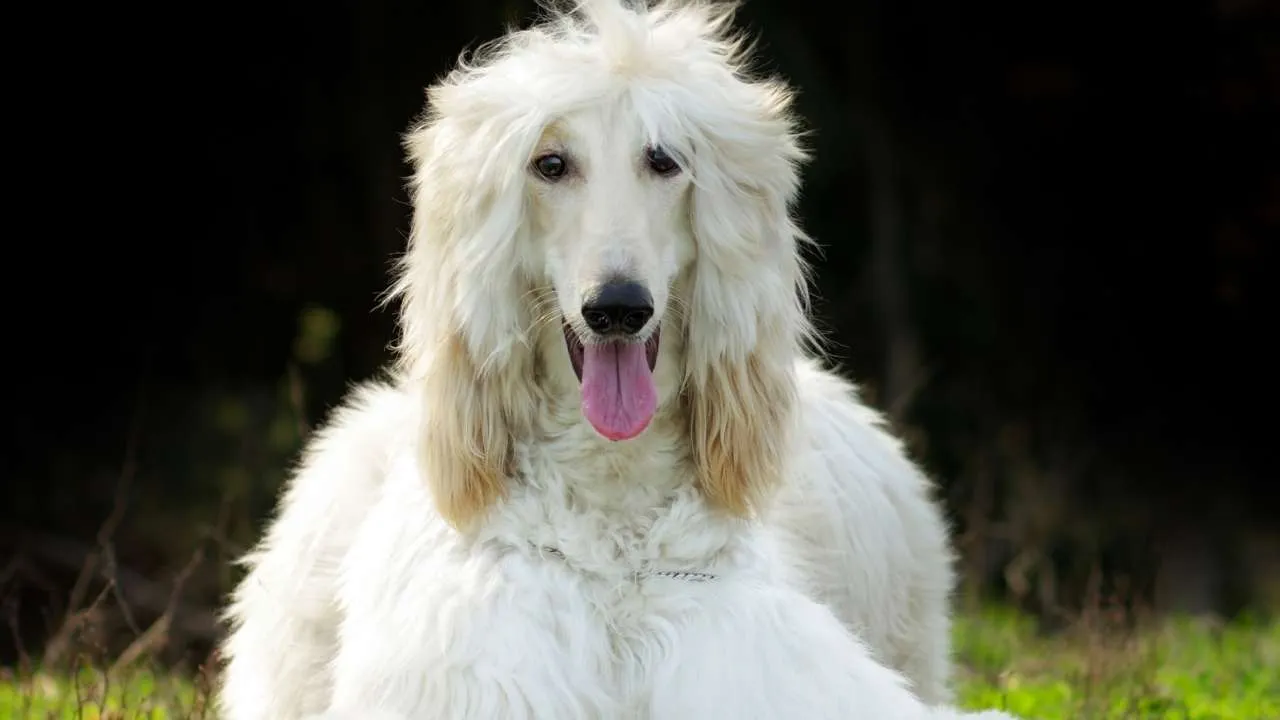
Afghan Hounds are dignified, independent dogs that maintain a reserved demeanor with outsiders. These long-haired pooches are incredibly eloquent and aristocratic. The personality of these Afghan hounds can be described as strong-willed, self-confident, and affectionate.
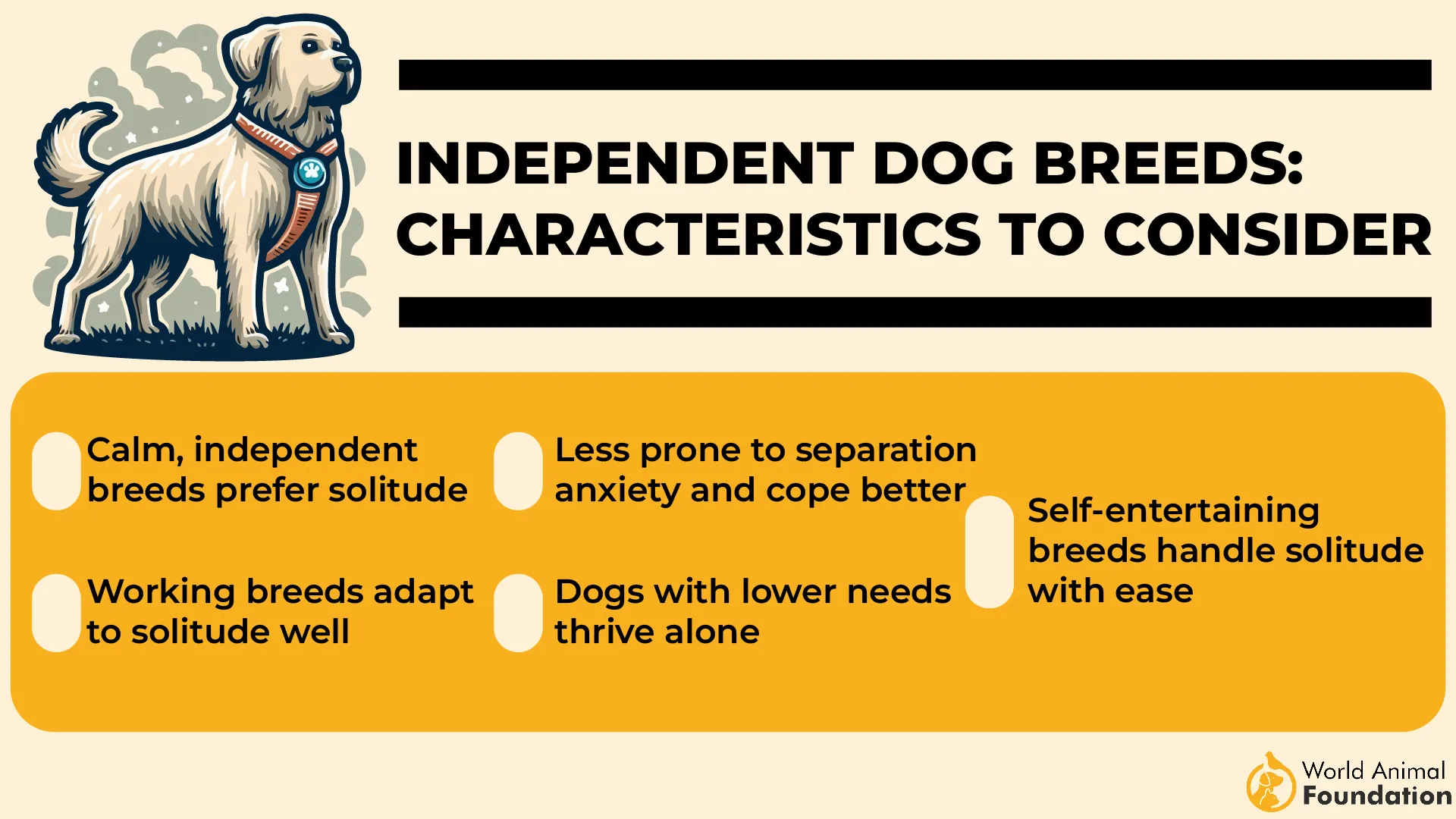
VCA Animal Hospitals says these pooches are fiercely brave in front of outsiders and will remain distant from strangers. But their behavior is affectionate with their family. These sighthounds were first brought to Great Britain by the military men as a living souvenir from the exotic lands in which they were posted.
Early socialization and training are a must for these unique and stylish show dogs. They were originally bred to hunt large game like deer and leopards in the rugged mountainous terrain of Afghanistan. The Afghan hounds are seen as the symbol of loyalty, status, and wealth.
2. Basenji
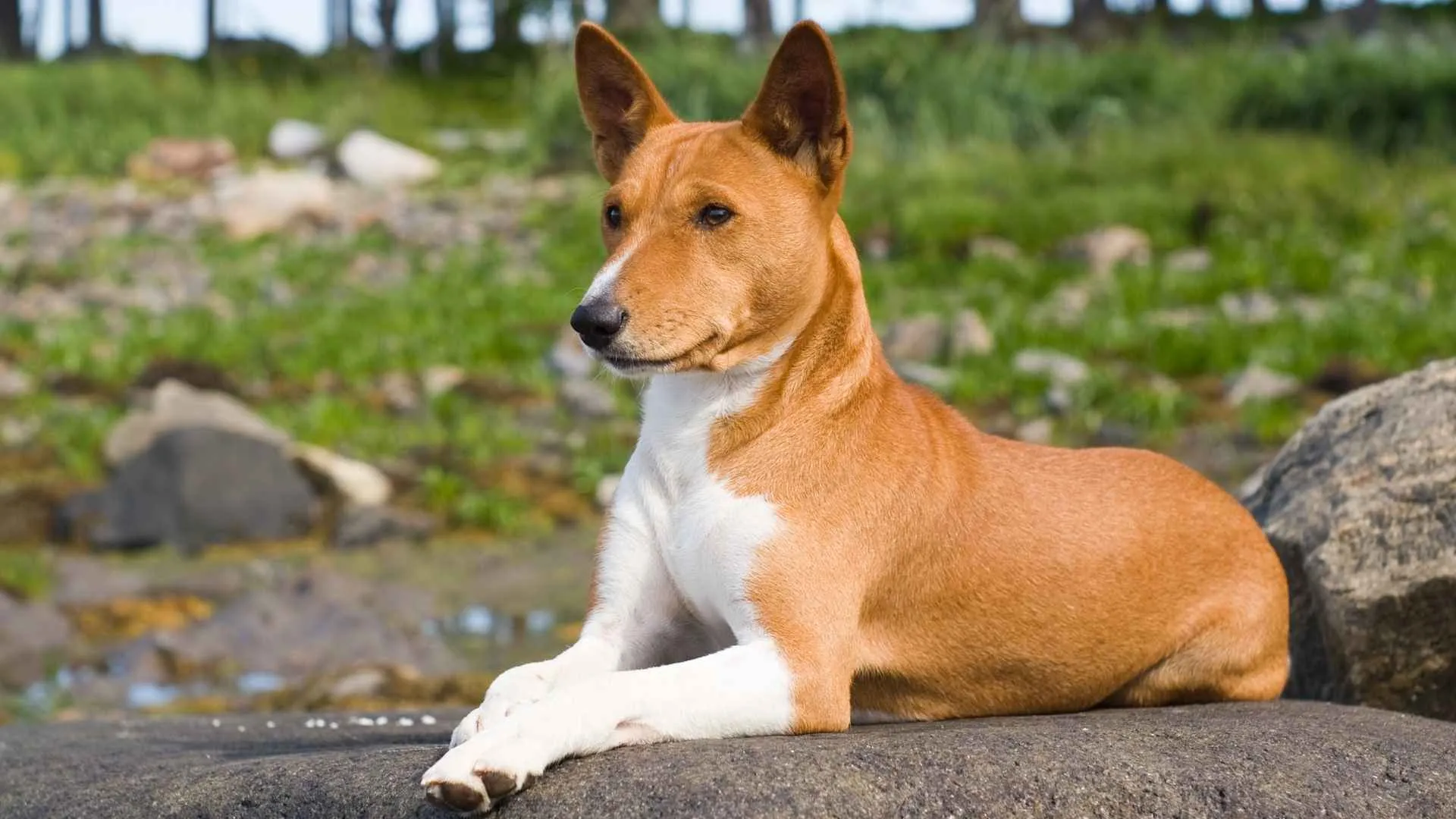
This small breed of hunting dog is renowned for its barkless trait. These exotic Basenjis originated in the forests of Central Africa and are naturally wary of strangers due to their hunting background. The Basenji has an almost wild nature that is not attention-seeking, but intelligent, agile, and self-confident.
PDSA says these pooches have served as companions and watchdogs for native people living in Africa. The most distinctive feature of a Basenji is its short coat and unique vocalizations, as you’ll always see them yodel or howl. They have a strong prey drive. and a high energy level.
Basenjis only display affection towards their owners and are quite loyal pooches that are also quick learners and adaptable. Basenjis require consistent training and regular exercise, along with early socialization from a young age, to transform them into well-behaved pups.
3. Borzoi
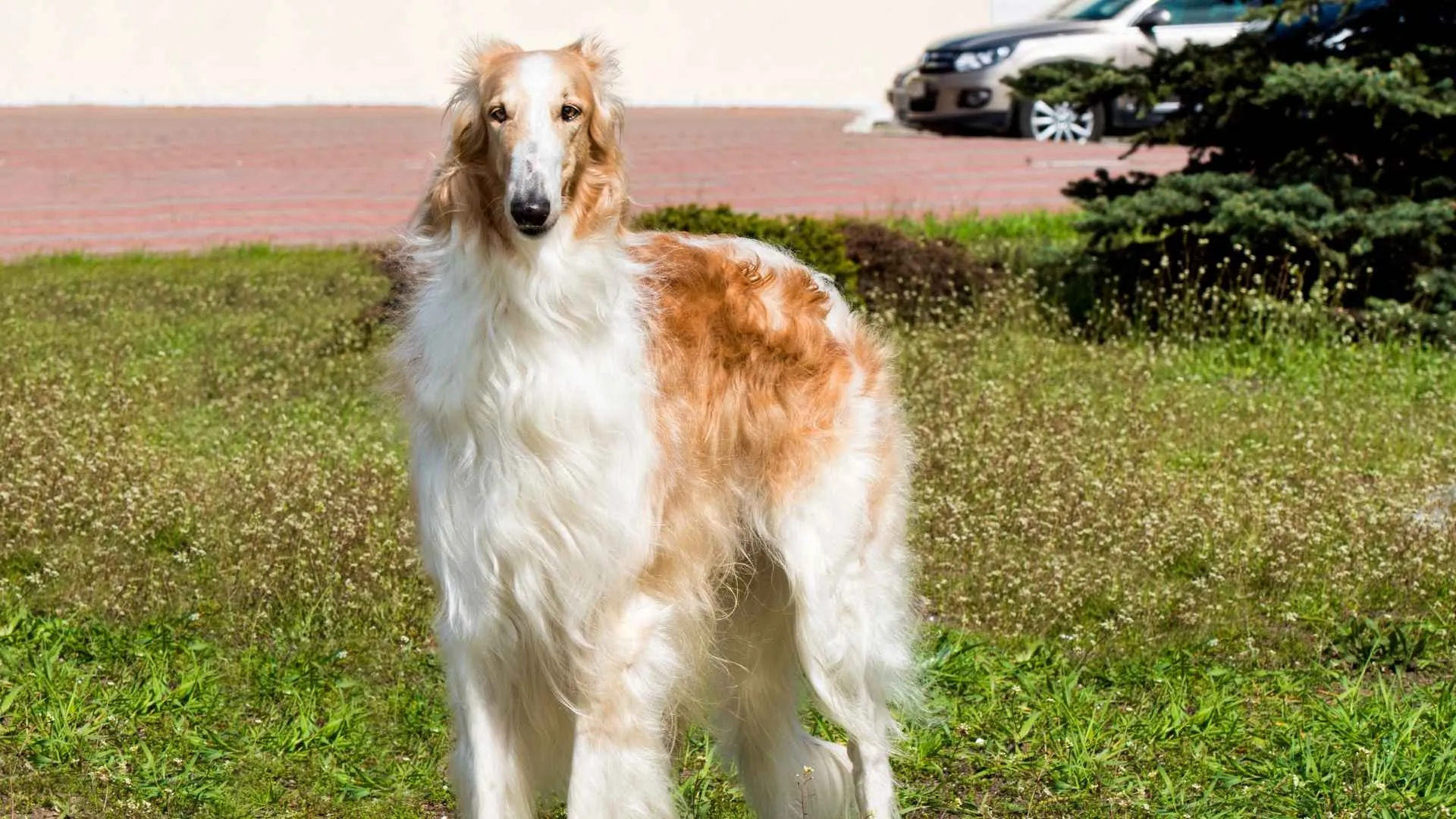
This pup originated in the land of Russia and is also known as the Russian Wolfhound. This 60 to 100 pound pooch with a long silky coat was also originally bred for hunting foxes, boars, hares, and wolves. This coursing sighthound and the giant breed were the favorite among the Tsars of Russia.
Borzoi have a calm and dignified demeanor. These pooches take time to warm up to strangers and prove to be quite challenging to train because of their independent thinking, intelligence, and strong-willed attitude.
Weirdly enough, these independent-natured pups prefer companionship and will develop separation anxiety when left alone for a long time. They have a high prey drive and can’t resist the urge to chase or hunt. Thus, constant supervision is important along with proper training and early socialization.
4. Chow Chow
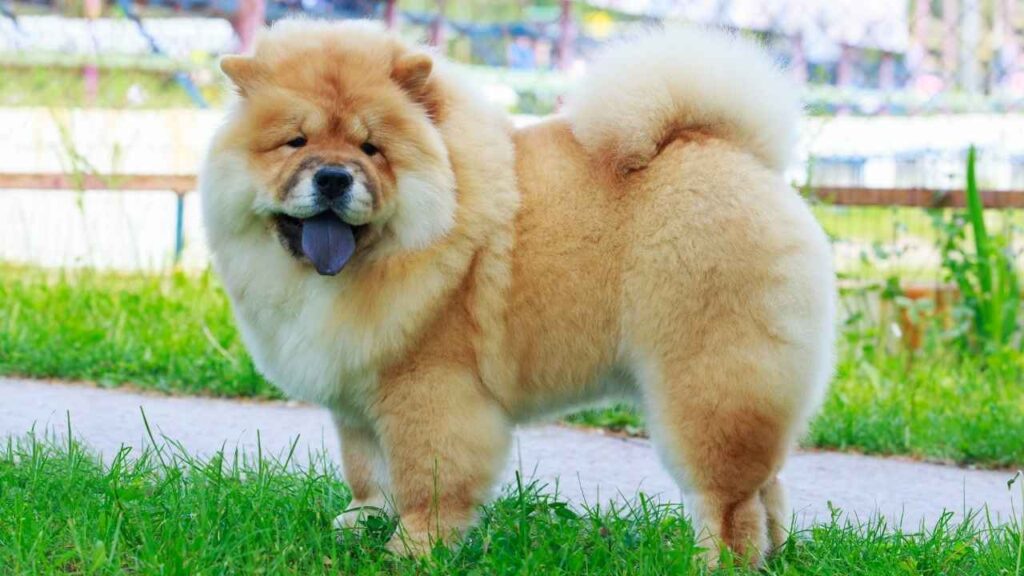
The Chow Chow is the infamous grumpy pup who is stubborn and most likely always in a bad mood. These cuddly and puffy-looking pooches are also an ancient breed that has a unique blue tongue and an independent nature.
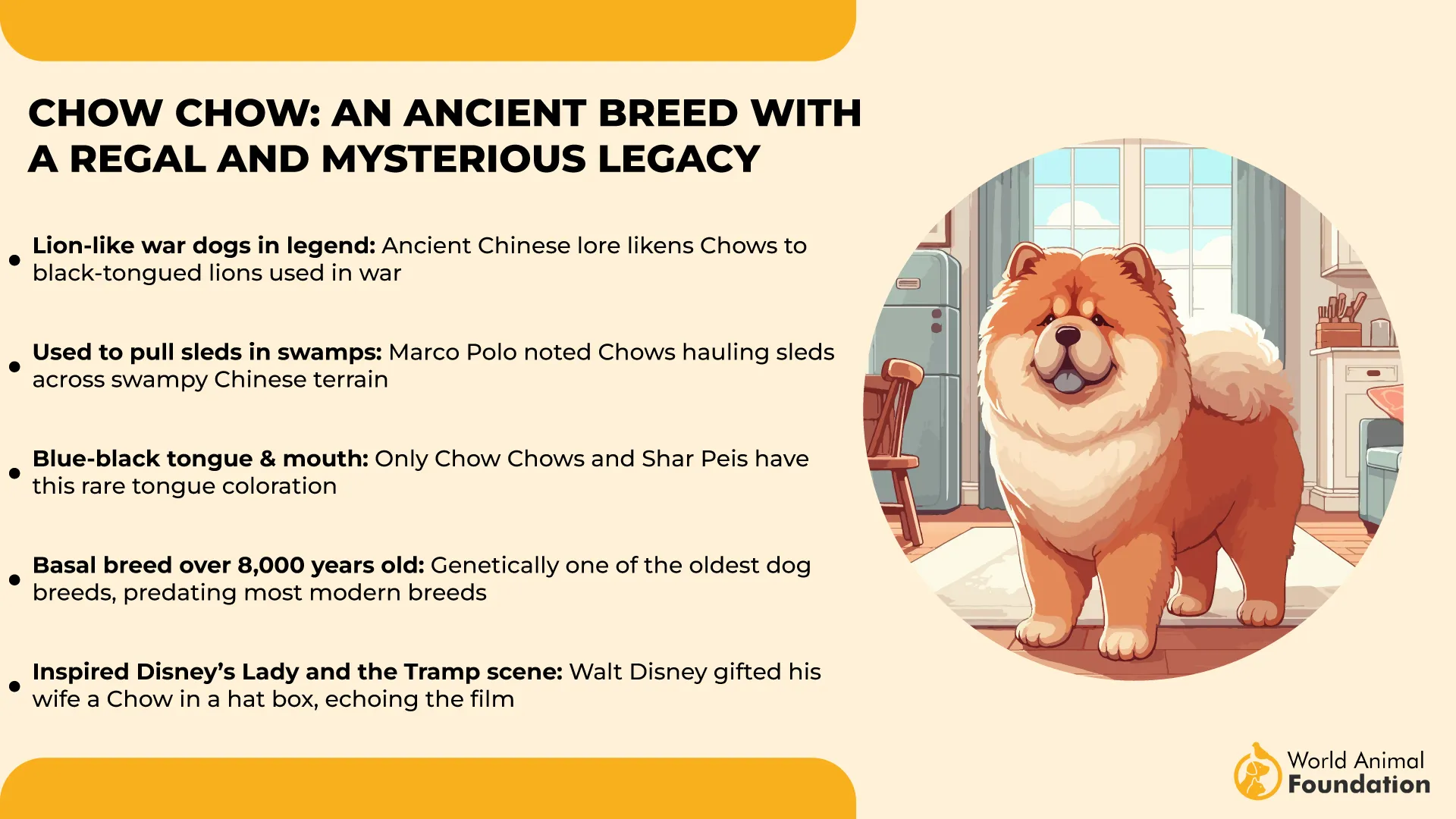
Continental Kennel Club says Chow Chows were originally bred to be herders and guard dogs, but also excel at tracking, hunting, pulling, and drafting. The Chows are one of the strongest breeds, but they are also the least affectionate. The Chows exhibit aggressive behavior if you tease or provoke them.
Chow Chows are known for their incredibly aloof and independent nature. Hence, they require early socialization and firm training to manage their reserved demeanor. These pups are not only quite daunting but also stubborn. They need their personal space, privacy, and distance.
5. Shar Pei
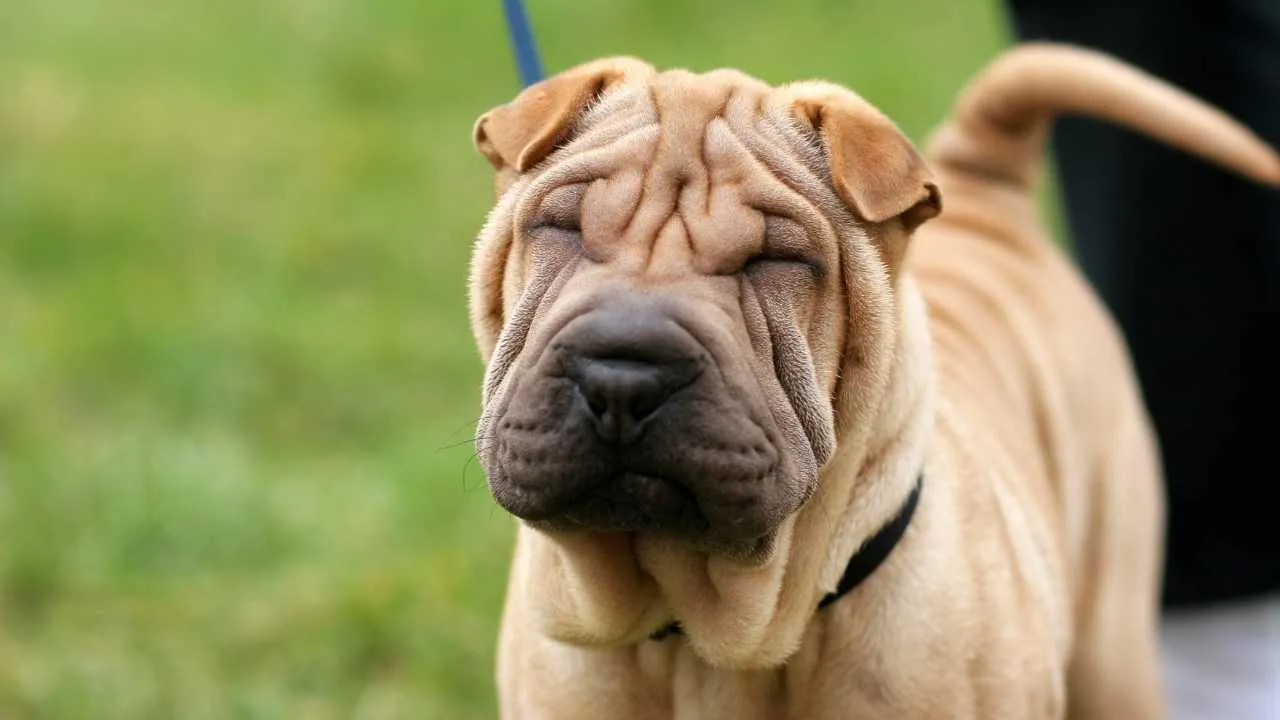
Shar Peis are Chinese dogs with extreme wrinkles and blue tongues that are known for their intimidating personality and aloof nature. The Shar Pei is the ideal guard dog, but not an ideal companion for people who love extremely affectionate, expressive, and loving pooches, who constantly follow you around.
Shar Peis love you, but from a distance, you can think of them as your stubborn teenagers who are always asking for some personal space and privacy, and like to keep everything to themselves, rarely show up at the dinner table, and get too frustrated if they are nudged or poked for information.
Omlet explains that the Shar Pei is often standoffish with strangers and is highly protective due to its guarding background. They have strong protective instincts, due to which they make excellent guard dogs and vigilant protectors, and keep all strangers and intruders, as well as friends, away from you.
6. Alaskan Malamute
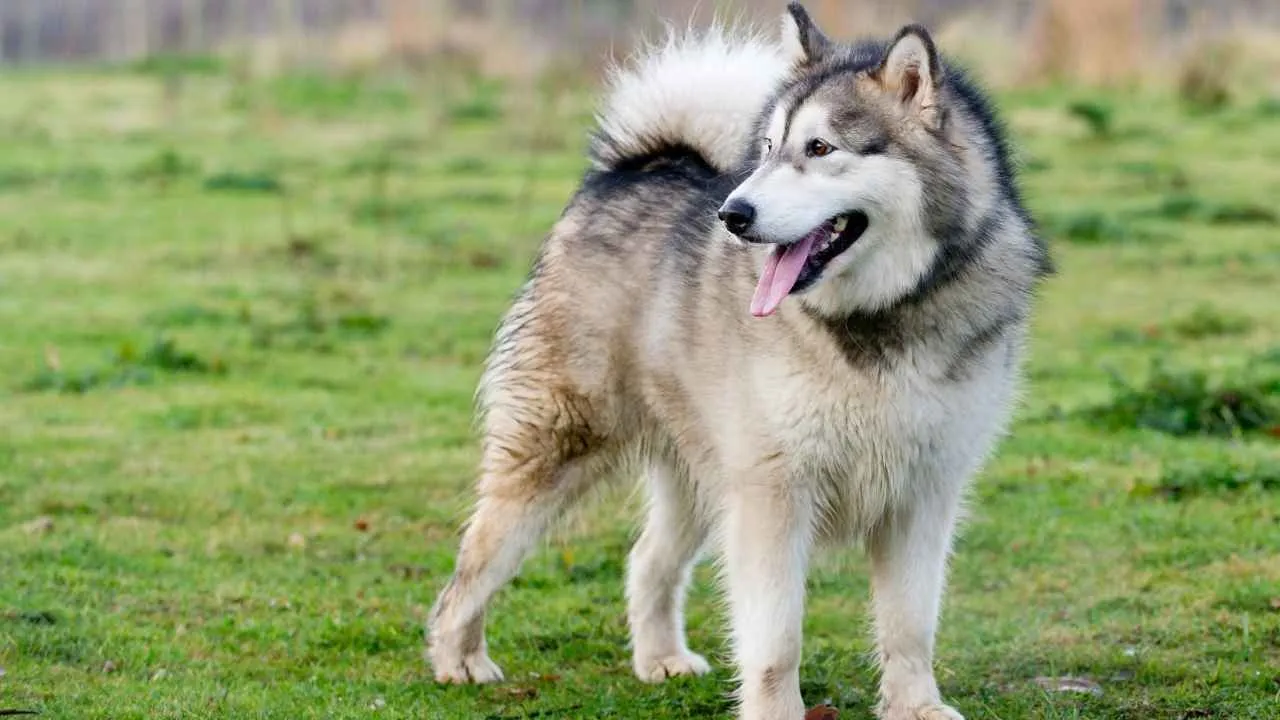
This sturdy pup might be the largest sled dog breed. They descended directly from the grey wolves and can also be considered wolf-dogs or wolf hybrids. Purina says the Alaskan Malamute originated from Alaska, where the indigenous Malimut people bred them for pulling sleds and hunting alongside wolves.
Alaskan Malamutes can be standoffish with strangers due to their history as sled dogs and their hunting background. Proper socialization and training from a young age are crucial for these less friendly dog breeds to help them become more comfortable around new people.
These spitz dogs are a high-energy and demanding dog breed that need your attention, only when they want it, and the rest of the time will happily ignore your existence because they like to roam free.
These pooches can be playful one minute, mischievous the other, and highly intelligent and strong-willed. They need a firm leader to raise them, and they also require ample space to run and spend their energy.
7. Rottweiler
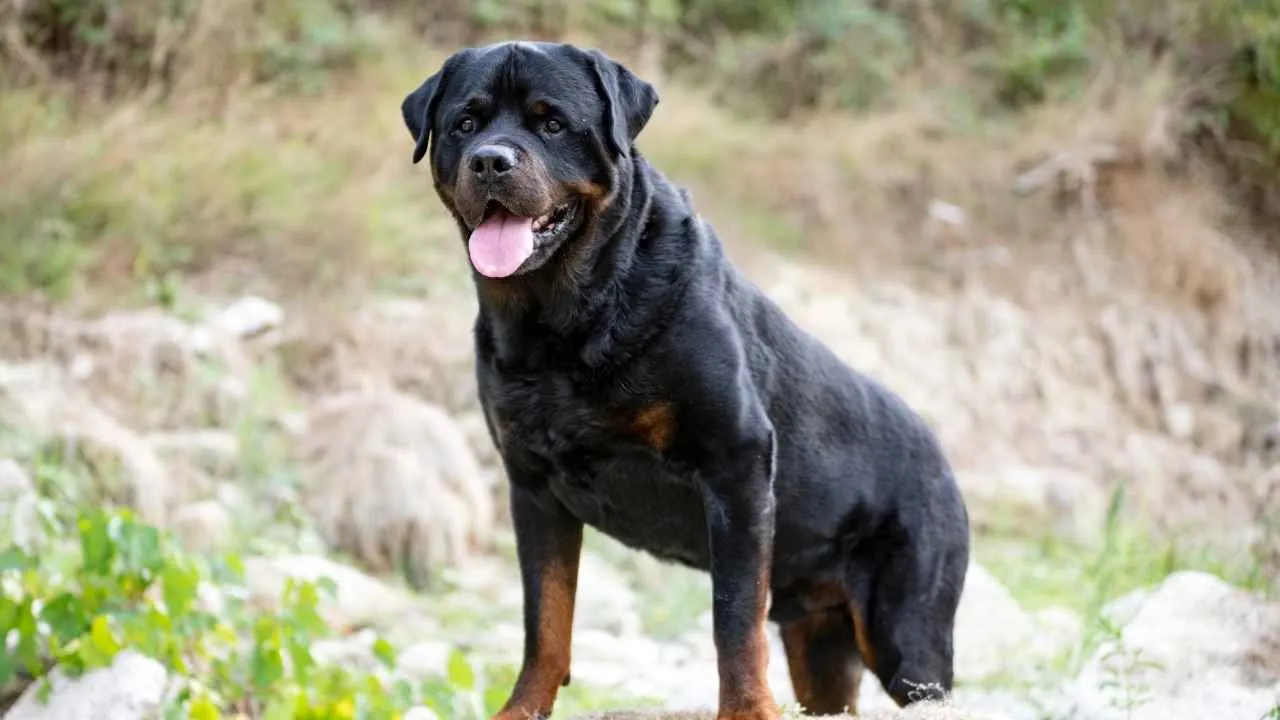
Rottweiler is known to be the second dangerous dog in the world, because of its history of protection and guarding. Pawlicy Advisor quotes that the Rottweiler was originally bred to be a cattle herder and drover dog, which also protected livestock from predators and intruders in the German town of Rottweil.
Rottweilers are naturally wary of strangers. They are territorial and stubborn, making them ideal protection dogs and livestock guard dogs. They need early socialization, proper training, and exercise every day to satiate their high energy levels and make them well-behaved animals.
Rottweilers belong to the working dog group and need a lot of work, patience, and consistency to raise them. So, these less affectionate breeds tend to take more time and energy from their owners.
Conclusion
Not every dog shows love through constant cuddles and tail wags—and that’s okay. Some breeds are naturally more reserved, independent, or even aloof, yet they remain deeply loyal and protective of their families. Their affection isn’t loud or needy; it’s subtle, earned, and often reflected through quiet companionship and unwavering presence.
Choosing a less affectionate breed doesn’t mean sacrificing a bond; it simply means understanding love in a different language. These dogs teach us that emotional connection isn’t always about physical closeness; it can be about mutual respect, shared space, and trust built over time.


